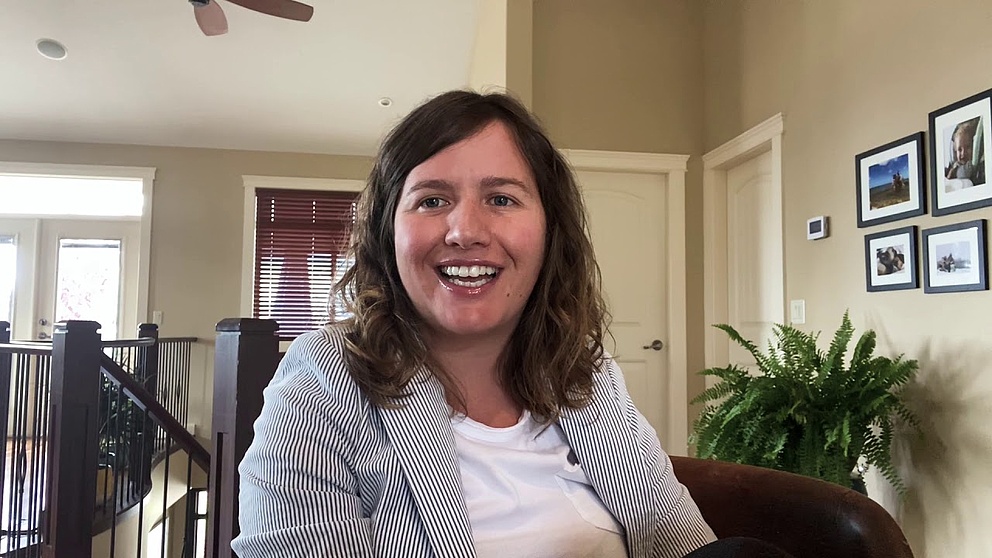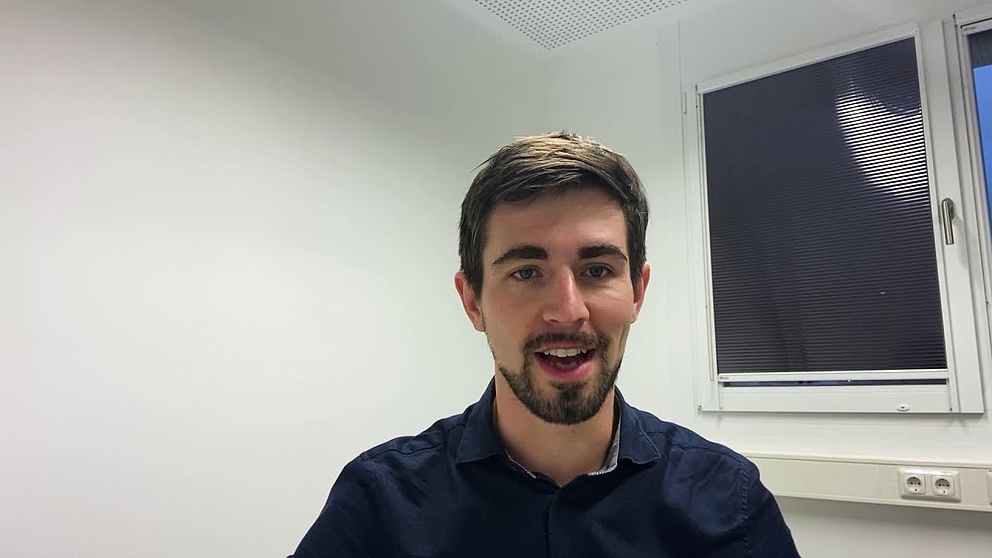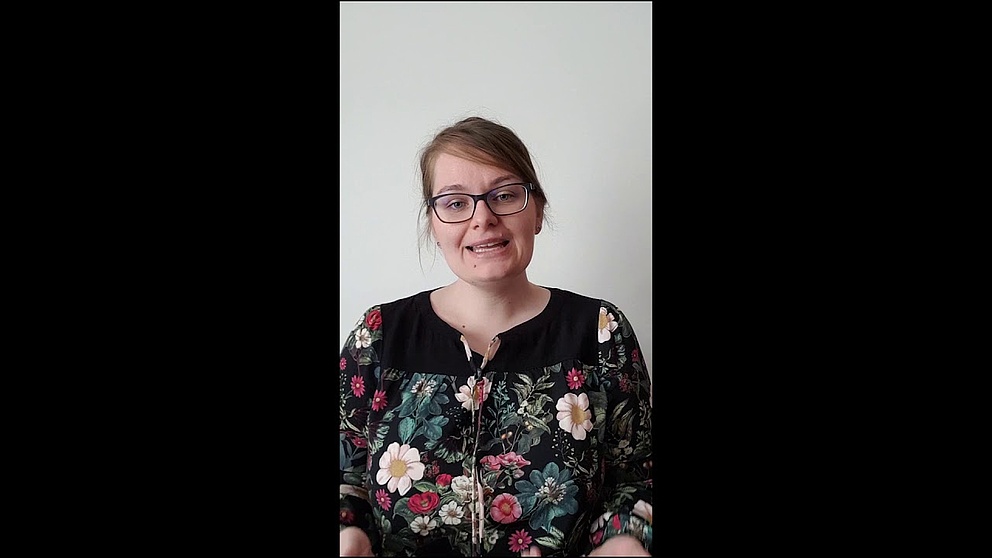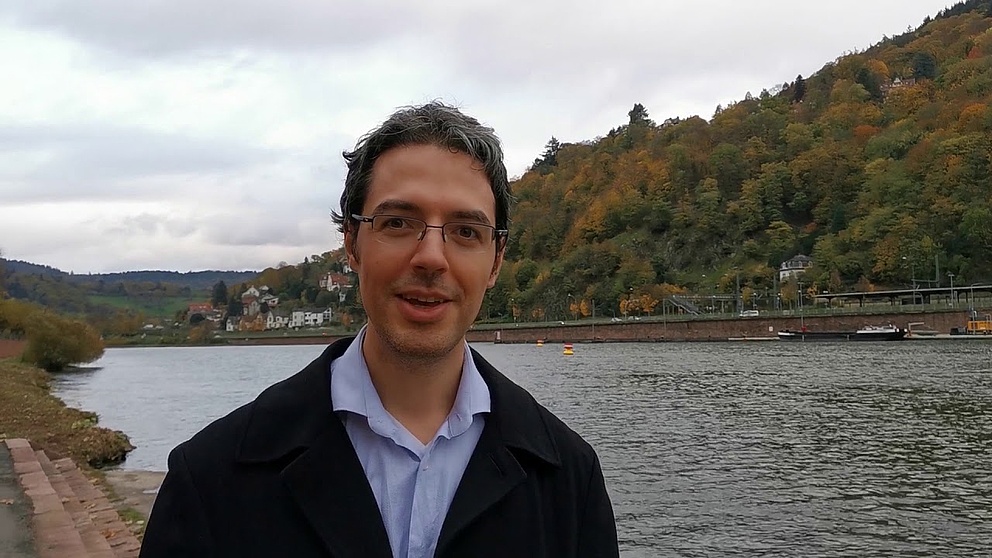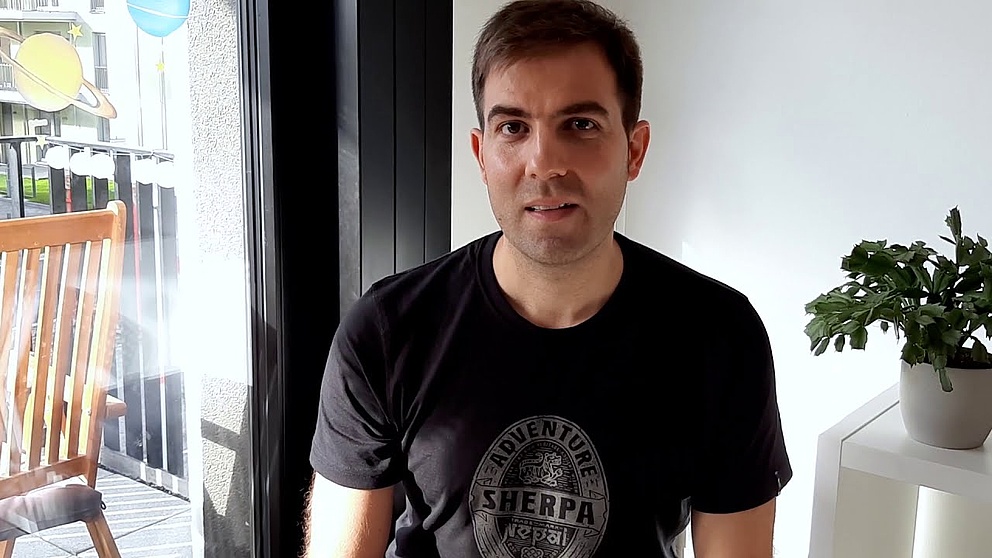Jump to the content
- {{#headlines}}
- {{title}} {{/headlines}}

Kontakt
Presse, Kommunikation und Marketing
Tel.: +49 228 833-144
Fax: +49 228 833-441
presse[at]avh.de
Marcia de Almeida Monteiro Melo Ferraz
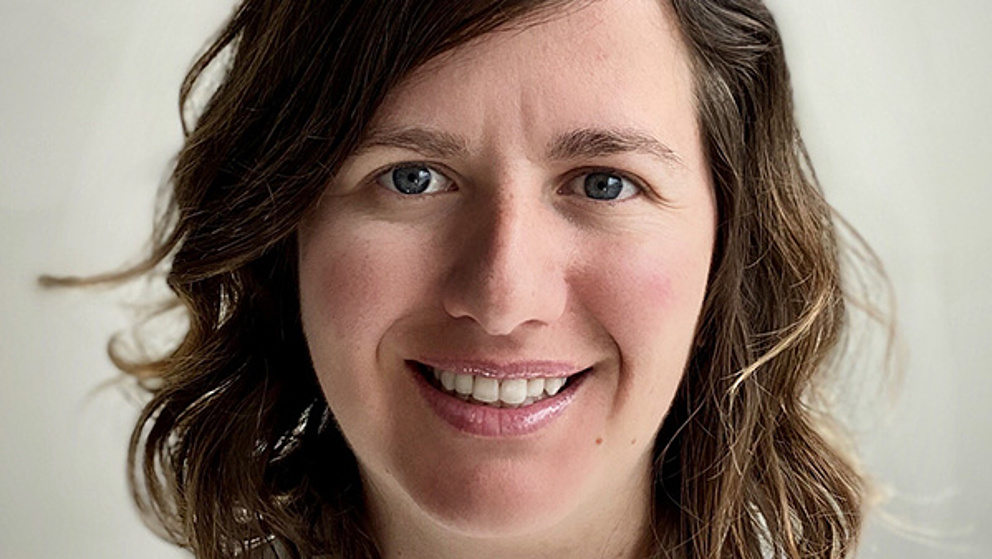

Dr Marcia de Almeida Monteiro Melo Ferraz
was born in Brazil where she studied veterinary medicine at the University of São Paulo. After periods of research in London and the United States, she took a Master’s at the Universities of Barcelona and Valencia, Spain, in 2013. She completed her doctorate at Utrecht University, Netherlands, in 2018 and, since 2017, has been working as a postdoc at the Smithsonian Conservation Biology Institute, Front Royal, United States.
Cell and Developmental Biology
Improving artificial insemination
Since it was introduced more than 40 years ago, in vitro fertilisation, a form of artificial insemination, has been a source of hope for infertile couples. The success rate is, however, only about 30 percent and in vitro embryos may show reduced developmental competence or exhibit epigenetic changes. Little is known so far about how this can be prevented – as a Sofja Kovalevskaja award winner, Marcia de Almeida Monteiro Melo Ferraz wants to change that.
In order to study the embryo-maternal dialogue between the embryo, the oviduct and the endometrium during pre-implantation, that is, the period from fertilisation to implantation in the womb, Ferraz has developed a unique in vitro model. Using oviduct-endometrium-cells-on-a-chip she will explore the factors that can influence an embryo’s epigenetics. Ferraz is particularly interested in extracellular vesicles, particles of membrane that transport information from one cell to another and that are released in great quantities by the maternal reproductive tissue. So far, little research has been done on their role in the maturation of the gamete and development of the embryo. Ferraz will work on clinically relevant species of large animals. She not only intends to demonstrate unknown aspects of the embryo-maternal dialogue but also potential techniques to assist reproduction and improve pregnancy success.
Host institute: LMU Munich, Gene Center Munich, Chair for Molecular Animal Breeding and Biotechnology
Host: Professor Dr Eckhard Wolf
Danila Barskiy
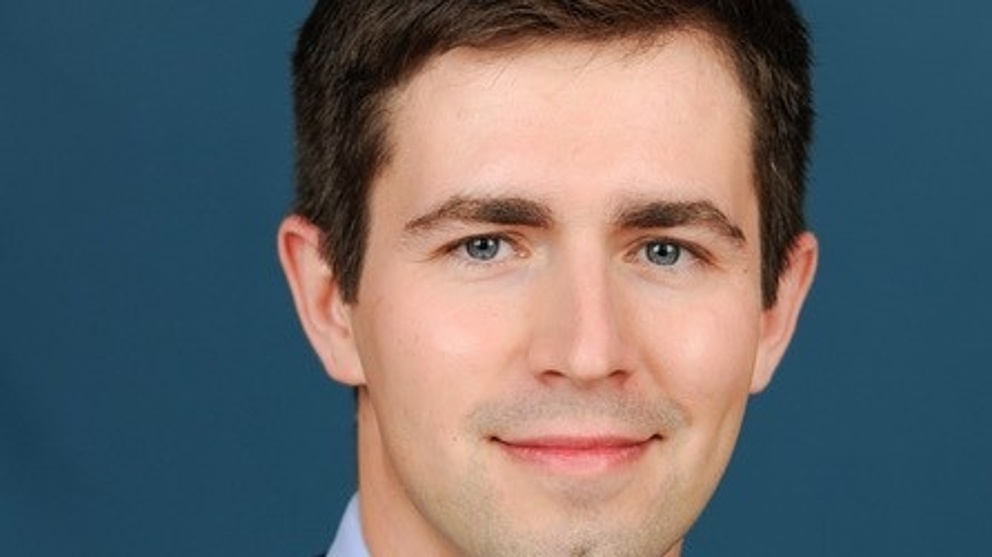

Dr Danila Barskiy
was born in Russia where he attended Novosibirsk State University, completing his doctorate there. In 2015, he moved to the United States, initially as a postdoctoral fellow at the Institute of Imaging Science at Vanderbilt University in Nashville, Tennessee. In 2017, he relocated to the University of California, Berkeley, as a postdoctoral associate. Danila Barskiy has been granted, amongst others, the Medal of the Russian Academy of Sciences for young scientists and, in 2018, the Berkeley Postdoctoral Association’s Postdoctoral Development Award.
Physical Chemistry
New paths to more cost-effective Magnetic Resonance Imaging scans
Narrow, loud, protracted: MRI and NMR (Nuclear Magnetic Resonance) scans are standard medical procedures nowadays. But anyone who has had to have a scan knows how uncomfortable they can be. Moreover, the imaging procedure is comparatively expensive. Danila Barskiy is investigating new methods of making NMR faster and cheaper. Roughly speaking, NMR uses magnetic fields to excite atomic nuclei in the body (nuclear spins) and to measure, analyse and image their magnetic behaviour. Up to now, mainly strong magnetic fields have been employed for the purpose. The weakness of this procedure is that it is very insensitive. This is what makes examining patients so time-consuming and chemical analysis so intricate. Danila Barskiy adopts a different approach. Instead of using high magnetic field strengths, he works with low magnetic fields known as ZULF magnets (zero-to-ultra-low-field NMR) to which he adds hyperpolarisation techniques to increase the polarisation of nuclear spins and thus the NMR signals.
Barskiy’s goal as a Sofja Kovalevskaja award winner in Mainz is to explore the fundamental physics and chemistry behind nuclear spin hyperpolarisation and discover new approaches to detecting NMR signals without magnetic fields. This would pave the way to new, more cost-effective technologies.
Host institute: Johannes Gutenberg University Mainz, Institute of Physics, Quantum, Atomic and Neutron Physics research group (QUANTUM)
Host: Professor Dr Dmitry Budker
Agnieszka Golicz
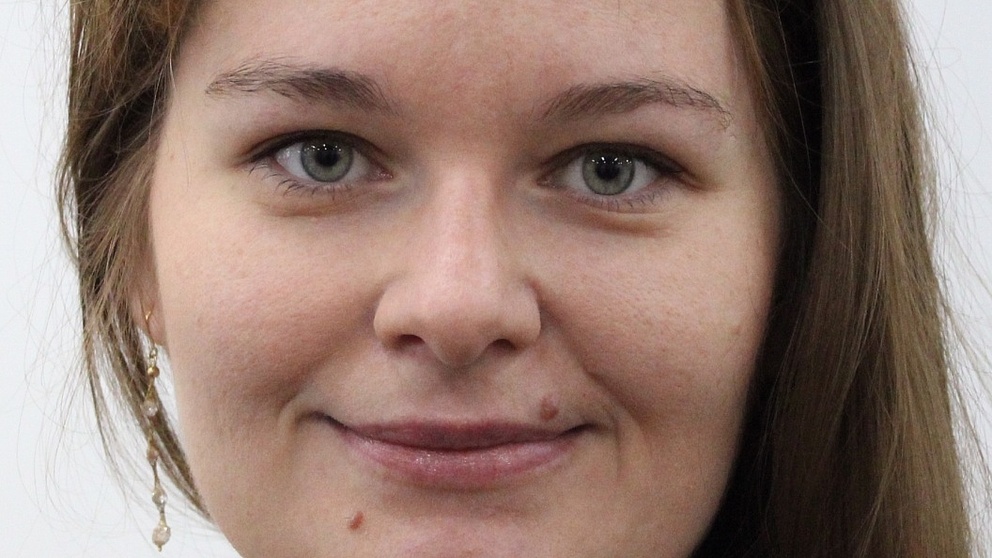

Dr Agnieszka Golicz
is a Polish national. She studied molecular genetics in the United Kingdom and took her doctorate in bioinformatics at the University of Queensland in Brisbane, Australia, in 2016. She has received many awards for her research and was a McKenzie Fellow at the University of Melbourne, Australia, until June 2020.
Plant Breeding
Decoding complex plant genomes
Be it rape, cabbage or other cultivated plants, in order to breed them to full advantage it is important to know their genes. In millions of varieties, the genes control all a plant’s characteristics. They determine, for example, the soils and climate in which a plant grows well. In the last few decades, the genomes of multiple plant species have been decoded. Nonetheless, many of the control processes in plant genetics have still only been superficially uncovered. A bioinformatics researcher, Agnieszka Golicz studies plant genome sequence data. Her research on patterns in genome sequences is helping to discover how complex plant genomes are organised and how these genes eventually influence a plant’s characteristics.
Golicz has already investigated the evolution of the genes of various wild and cultivated plants. As a Sofja Kovalevskaja award winner she now wants to use innovative techniques to elucidate the role of the three-dimensional genome structure and the non-protein coding DNA sequences involved in gene regulation. The rape plant, which is economically important as a source of oil, will serve as an important model. Using its genome, processes will be explained with which functional sequence variations influence gene expression, evolution and performance in an important crop plant.
Host institute: Justus Liebig University Giessen, Department of Agronomy and Plant Breeding
Host: Professor Dr Rod Snowdon
Gregory Maurice Green
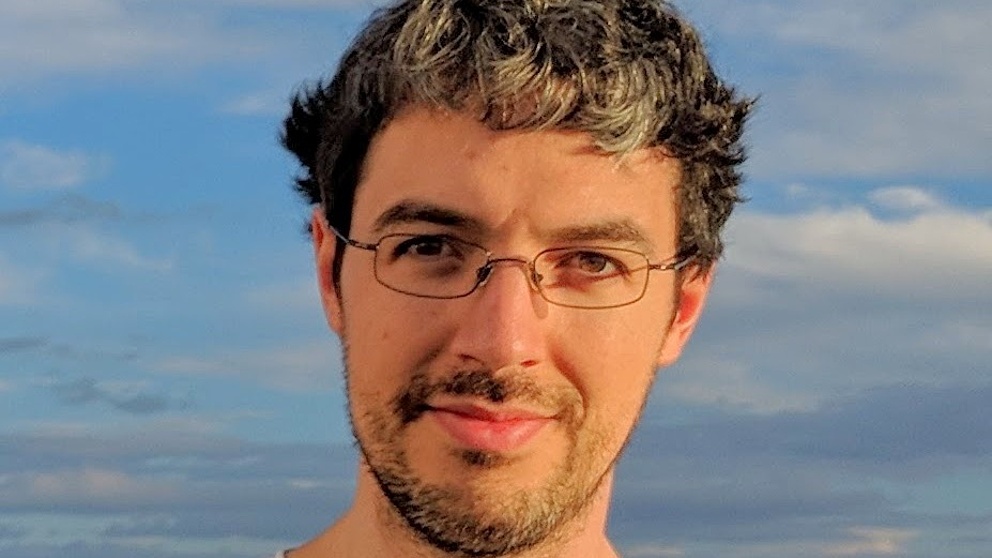

Dr Gregory M. Green
was born in the United States, studied physics, history and German at the University of Michigan, Ann Arbor, and in Germany before taking a doctorate in astronomy and astrophysics at Harvard University, Cambridge, United States, in 2016. He subsequently became a Porat Fellow at the Kavli Institute for Particle Astrophysics and Cosmology at Stanford University.
Astrophysics
A 3D map of our Milky Way
There is no way of avoiding dust; it gets on our nerves and, in the worst case, even causes allergic reactions. In short, at home it is a constant nuisance. For a long time, this was also the case in space. Cosmic dust annoyed astronomers because it stopped them from observing distant stars. If we knew exactly where dust clouds were, it would be easier to gauge how they influence the way we see the Milky Way – because stars appear redder when observed through dust clouds.
Gregory M. Green has found a remedy: Based on rafts of data, amongst others from ESA’s Gaia Mission, he has drawn up the first three-dimensional map showing the distribution of interstellar dust in the Milky Way. With his data mining methods, he is seen as one of the world’s leading experts in mapping the Milky Way, helping other researchers to understand its structure better. Using his calculations, for example, observation data on stars can be de-reddened, which means that the weakening of the starlight caused by the dust can be corrected.
As a Sofja Kovalevskaja award winner at the Max Planck Institute for Astronomy in Heidelberg Green now intends to use star photometry, astrometry and spectroscopy to develop a new generation of 3D maps showing the distribution of dust in our galaxy. This will facilitate better quantitative analyses of the stars in our Milky Way and enhance our understanding of its development.
Host institute: Max Planck Institute for Astronomy, Heidelberg, Galaxies and Cosmology Department
Host: Professor Dr Hans-Walter Rix
André F. Martins
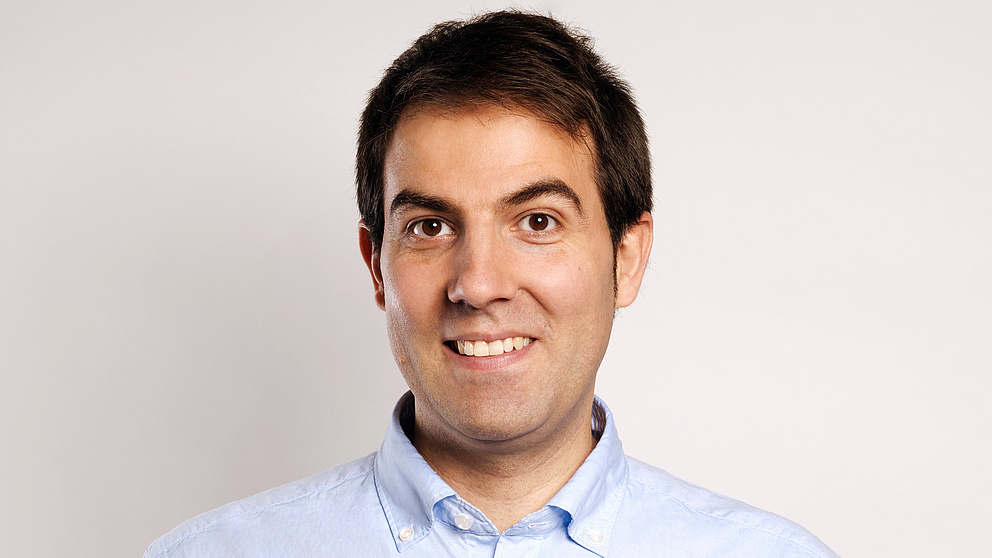

Dr André F. Martins
hails from Portugal where he gained a Master’s in biochemistry at the University of Coimbra. He then relocated to the University of Orléans, France, completing a doctorate in chemistry and biochemistry in 2013. Martins subsequently became a postdoctoral Research Associate at the University of Texas at Dallas, USA, and the university’s Southwestern Medical Center. He is currently head of a research group at Tübingen University Hospital.
Imaging Procedures
Understanding the tumour
Most cases of malignant solid tumours, that is, hard cancerous growths that can develop in various organs, cannot be treated with a so-called monotherapy. That is why combination therapies are increasingly being used. They are more precise and personalised, but they are also more expensive and complex. Simply locating the tumour and establishing the dimensions, which is facilitated by the standard CT, MRI and PET-CT procedures, is no longer fit for purpose. Rather, it is necessary to examine the metabolic character of the cancer cells, which means their metabolic activity, because it can impact the microenvironment of the tumour. This is the point at which André Martins’s research begins: he investigates non-invasive, pre-clinical imaging and, already as a postdoc, developed intelligent imaging sensors that are used in treating diabetes and prostate cancer.
As a Sofja Kovalevskaja award winner at the University of Tübingen he wants to explore the tumour metabolism employing state-of-the-art, non-invasive hybrid imaging as well as image evaluation supported by machine learning methods.
Host institute: University of Tübingen, University Hospital, Department of Preclinical Imaging and Radiopharmacy
Host: Professor Dr Bernd Pichler
Mar Rus-Calafell
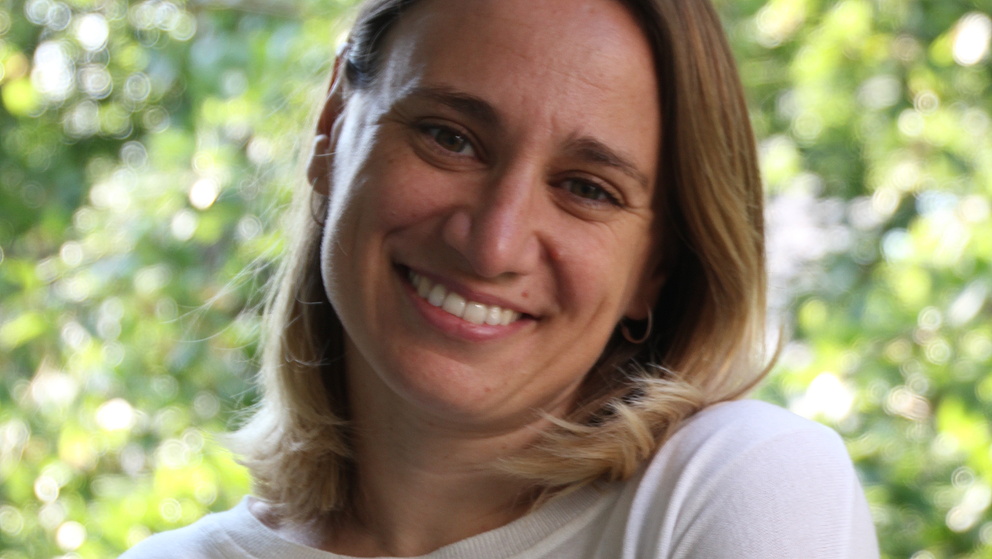

Dr Mar Rus-Calafell
was born in Spain and studied psychology at the University of the Balearic Islands in Palma and the University of Barcelona. From 2008 to 2013, she worked as a clinical psychologist at Igualada General Hospital in Barcelona. In 2013, she completed her doctorate at the University of Barcelona. Following periods of research in Oxford, Paris and London she is now a postdoc at Ruhr-Universität Bochum involved in research and teaching.
Psychology
Psychotic symptoms in young people
Persecution anxiety and hearing voices are not just symptoms of certain mental health problems – they are often experienced by young people in general. If these experiences persist and cause distress, this can indicate that mental health problems will develop later. But how can we determine which cases of hearing voices in youth will lead to serious disorders in adults? Although most mental health problems start in adolescence, so far, little research involving young people has been done on the issue. This is where Mar Rus-Calafell’s work is located. The psychologist can look back on ten years’ experience studying and treating people with psychosis. In the process, she has helped to develop various therapies for young people.
As a Sofja Kovalevskaja award winner she will explore the psychological and social factors that are responsible for persistent, detrimental psychotic experiences in young people. To do so, she will conduct a longitudinal study and in-depth interviews at Ruhr-Universität Bochum to observe stressful symptoms in young people over an extended period. The resulting insights will create the basis for developing and testing new treatment models. The project will also provide young people with a platform that will support them and accompany them in mastering everyday challenges.
Host institute: Ruhr-Universität Bochum, Mental Health Research and Treatment Center (MHRTC)
Host: Professor Dr Silvia Schneider
Torben Schiffner
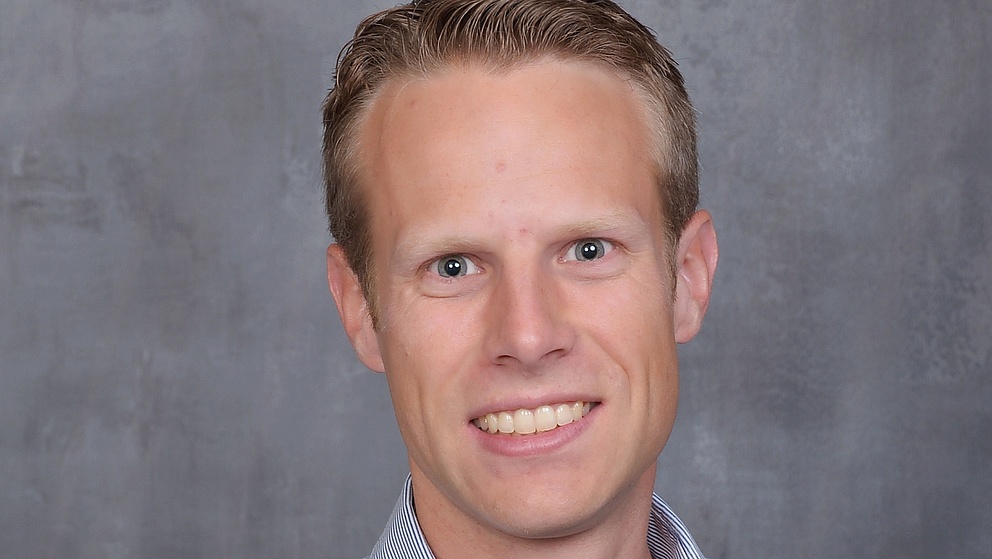

Dr Torben Schiffner
was born in Germany and studied molecular life sciences, molecular biology and virus pathology at the University of Hamburg and Imperial College London, United Kingdom. He took his doctorate at Oxford University, UK, in 2014. Following periods of research at Oxford University and The Scripps Research Institute, San Diego, United States, he has most recently been a research associate at The Scripps Research Institute.
Structural Biology
Computer-assisted vaccine development
Classical vaccines use attenuated pathogens or virus building blocks to make the body develop antibodies. With viruses this does not always work because their surface structure is very variable and can change constantly. In the case of an actual infection this can sometimes mean that the immune system does not recognise them. This is why, in searching for a vaccine against the Corona virus SARS-CoV-2, the microbiologist Torben Schiffner is focussing on the epitopes on the surface of viruses. These are the parts of the molecule that make the body generate the specific antibodies that can successfully fight the virus.
With the help of computer software called ROSETTA, Schiffner’s host, Humboldt Professor Jens Meiler, and his colleagues have already managed to identify the structure of the highly effective antibodies that were found in the blood of Corona patients from Wuhan. As a Sofja Kovalevskaja award winner Torben Schiffner will identify and recreate the epitopes that fit these antibodies on the lock-and-key principle, with the aid of the software. ROSETTA enables researchers to create their molecular structure both cost-effectively and very quickly as well as to make predictions about their binding behaviour. Schiffner also has the experimental experience to test the parts of the molecule that might be suitable for a vaccine in combination with a protein in an in vitro experiment and to optimise them by directed evolution. He intends to apply this approach to other viruses which have posed difficulties for vaccine researchers, such as the hepatitis C virus.
Host institute: Leipzig University, Medical Faculty, Institute for Drug Development
Host: Professor Dr Jens Meiler

